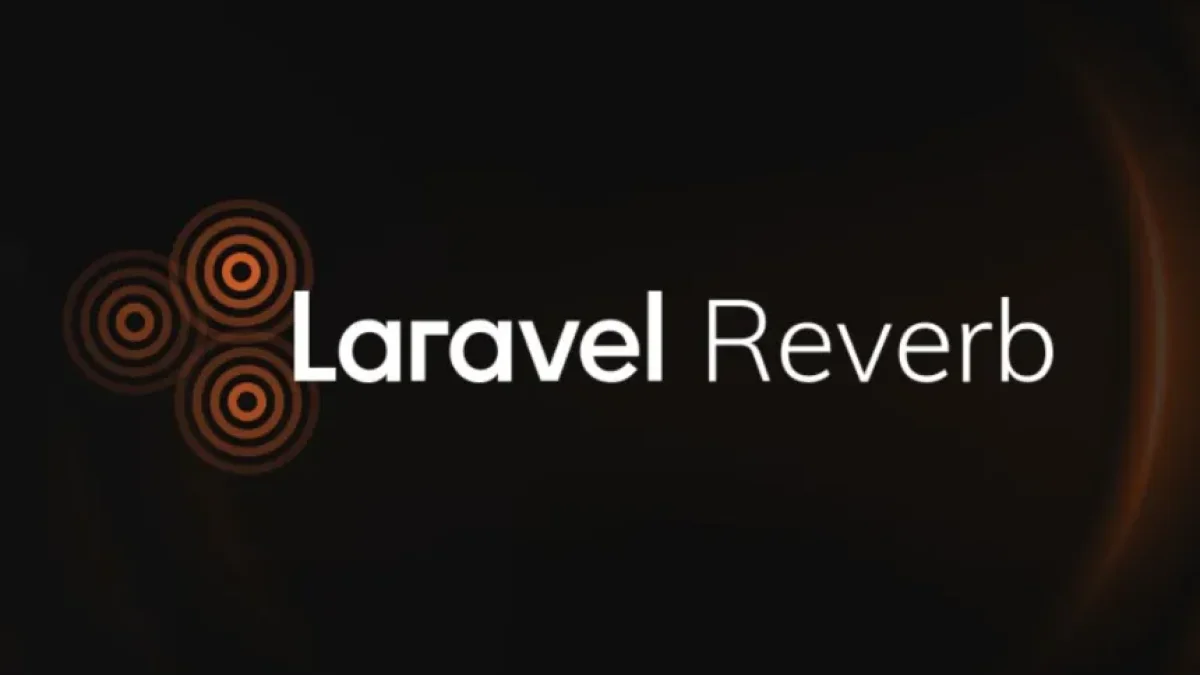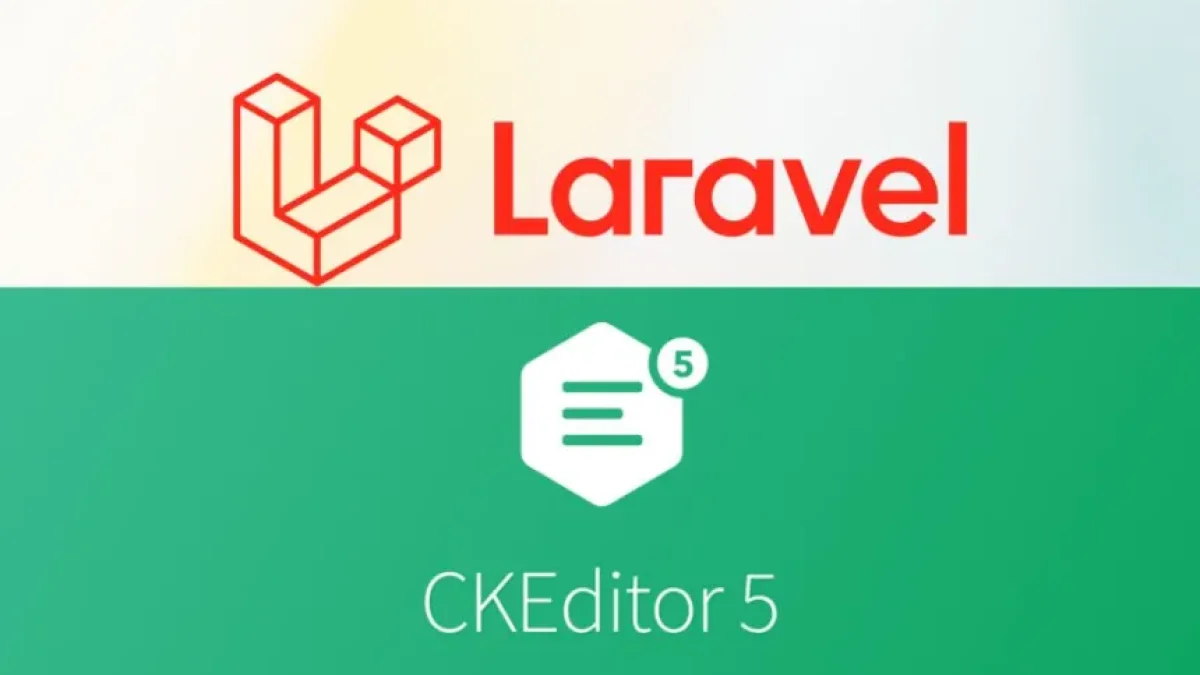Complete Guide to Setting up Reverb with Laravel 11


The setup of Reverb with Laravel 11 may seem like a complex task, but with the right steps, it can be accomplished easily. This article provides a comprehensive guide on how to implement Reverb, a real-time voice service, using the powerful PHP framework, Laravel 11. Below, the key steps you need to follow are detailed so you can enjoy this functionality in your application.
Prerequisites
Before you start the setup, ensure you have the following installed:
- PHP 8.0 or higher: Laravel 11 requires this version or a later one.
- Composer: It’s the dependency management tool for PHP, needed to install Laravel and other libraries.
- Node.js and NPM: Required to manage JavaScript packages.
- A Laravel development environment: An environment like Laravel Homestead or Valet is recommended.
Installing Laravel 11
To get started, if you haven’t installed Laravel 11 yet, you can do so using Composer. Open your terminal and run the following command:
composer create-project --prefer-dist laravel/laravel your-project-name "11.*"Once the installation is complete, navigate to your project directory:
cd your-project-nameInstalling Reverb
Configuring the Reverb API
To integrate Reverb into your Laravel application, you first need to create an account on the Reverb platform and obtain your API credentials. Go to their website and sign up. Once you’ve done that, access the control panel to get your API key and secret.
Installing the Reverb Package
Laravel 11 requires a specific package to communicate with the Reverb API. You can install it using Composer by running the following command:
composer require reverb/reverbConfiguring the Credentials
Next, you need to add your Reverb credentials configuration to the .env file of your Laravel project. Open this file and add the following:
Read also
REVERB_API_KEY=your_api_key
REVERB_API_SECRET=your_api_secretCreating the Reverb Implementation
After configuring your credentials, it’s time to implement Reverb in your application. You can create a new controller using the following command:
php artisan make:controller ReverbControllerOpen the ReverbController.php file located in the app/Http/Controllers folder and start implementing the necessary logic to interact with the Reverb API.
Example Code
Here’s a basic example of how you can use the Reverb API in your controller:
namespace App\Http\Controllers;
use Reverb\ReverbClient;
class ReverbController extends Controller
{
public function index()
{
$client = new ReverbClient(env('REVERB_API_KEY'), env('REVERB_API_SECRET'));
$response = $client->get('/some-endpoint');
return response()->json($response);
}
}Testing the Integration
To ensure everything is set up correctly, you can test your implementation by accessing the route of the controller you created. Make sure your development server is running, and navigate to http://localhost:8000/reverb (adjust the route according to your configuration).
If everything is working correctly, you should see a successful response from the Reverb API.
Conclusion
Integrating Reverb with Laravel 11 can open new possibilities for your application. By following these steps, you can effectively incorporate real-time voice functionality. If you want to learn more about Laravel configurations or other related technology topics, feel free to visit my blog for more news of this kind.



















